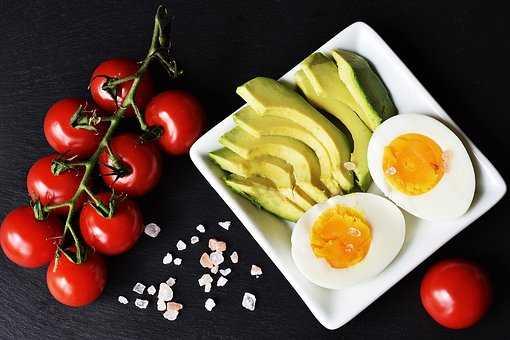The workings of tryptophan
- L-tryptophan is an essential amino acid, meaning your body can't produce it. You obtain it from your diet. Your body uses L-tryptophan as a building block to make serotonin, which is associated with happiness. Pharmaceutical preparations of tryptophan can indeed treat insomnia.
- But tryptophan as a pharmaceutical preparation is not the same as tryptophan from the diet. The protein in a meal also contains large neutral amino acids (LNAAs), and these compete with tryptophan to cross the blood-brain barrier.
- For tryptophan to produce serotonin, it needs to be eaten on an empty stomach and without other competing amino acids.
- Studies showed eating butternut squash seeds (high in tryptophan) with sugar dextrose improved sleep. This is because sweet carbohydrates cause the secretion of insulin which encourages other amino acids to be absorbed in tissues, leaving the typtophan to cross the blood-brain barrier.
18
105 reads
CURATED FROM
IDEAS CURATED BY
The idea is part of this collection:
Learn more about health with this collection
How to write clearly and concisely
How to use proper grammar and punctuation
How to structure a business document
Related collections
Similar ideas to The workings of tryptophan
The Microbiome-Gut-Brain Axis
The link between the brain the gut works in three ways:
- Bacteria produce certain chemicals that travel via the vagus nerve to the brain.
- An amino acid called tryptophan, which is a building block for serotonin is produced by gut bacteria.
- Bacteria influ...
The Keto diet is named after ketones
Ketones are products of the fat metabolism that occurs when the body is running low on carbohydrates and proteins as sources of energy.
Ketones can cross the blood-brain barrier and act as a substitute for glucose to supply the brain with essential energy.
Collagen
It's a set of proteins that form the primary structural component of connective tissues like skin and cartilage. Of the 28 different types of collagen, 90% is of 'Type 1', found in the skin, tendons, organs and parts of the bone. The other types of are found in cartilage, bone marrow, bas...
Read & Learn
20x Faster
without
deepstash
with
deepstash
with
deepstash
Personalized microlearning
—
100+ Learning Journeys
—
Access to 200,000+ ideas
—
Access to the mobile app
—
Unlimited idea saving
—
—
Unlimited history
—
—
Unlimited listening to ideas
—
—
Downloading & offline access
—
—
Supercharge your mind with one idea per day
Enter your email and spend 1 minute every day to learn something new.
I agree to receive email updates
